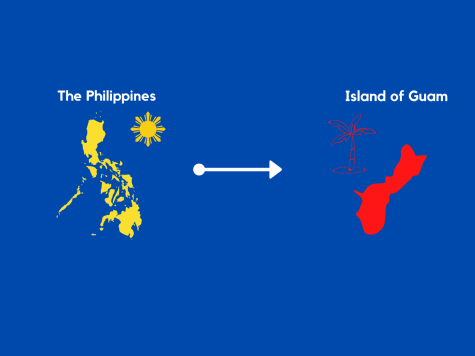
Marichu Reyes migrated from the Philippines to the U.S. when she was seven years old. Her father, who was in the U.S. Army, petitioned Reyes, her five siblings, and her mother to live in Guam in 1972, where they had to learn English and adapt to their new environment.
“Coming to America at a very young age, it was so much easier. Probably because there’s really nothing back home that I would miss because I was with my family,” Reyes said in regards to adjusting to life in the U.S.
Reyes has been cooking ever since she was 12 years old, helping her mother in the kitchen with traditional Filipino dishes such as kare kare, adobo, sinigang and dinuguan. From a very young age, she enjoyed watching her mother cook and stressed the importance of cooking for your family. While her father was away in the U.S., Reyes recognized the importance of her mother’s cooking to her family.
“My mom being just a housewife, she needs to cook for the six of us children,” Reyes said. “My dad, being in the U.S. all the time, he just comes to the Philippines every two or three years.” Filipino cooking became an important aspect of maintaining their Filipino culture in the U.S. for Reyes.
This video, as a part of Xpress’ Recipe of the Week series, celebrates Filipino American Heritage Month. Adobo refers to the method of stewing meat in a marinade of soy sauce, garlic, vinegar and a variety of spices.
The word “adobo” comes from the word Spanish word “adobar” which means marinade. The colonization of the Philippines is how the dish received its name, but adobo’s ingredients existed in the country long before Spain’s arrival. Adobo is widely considered as the national dish of the Philippines, with chicken being the most popular protein for this dish.













